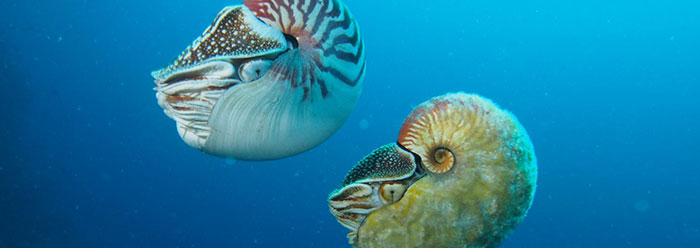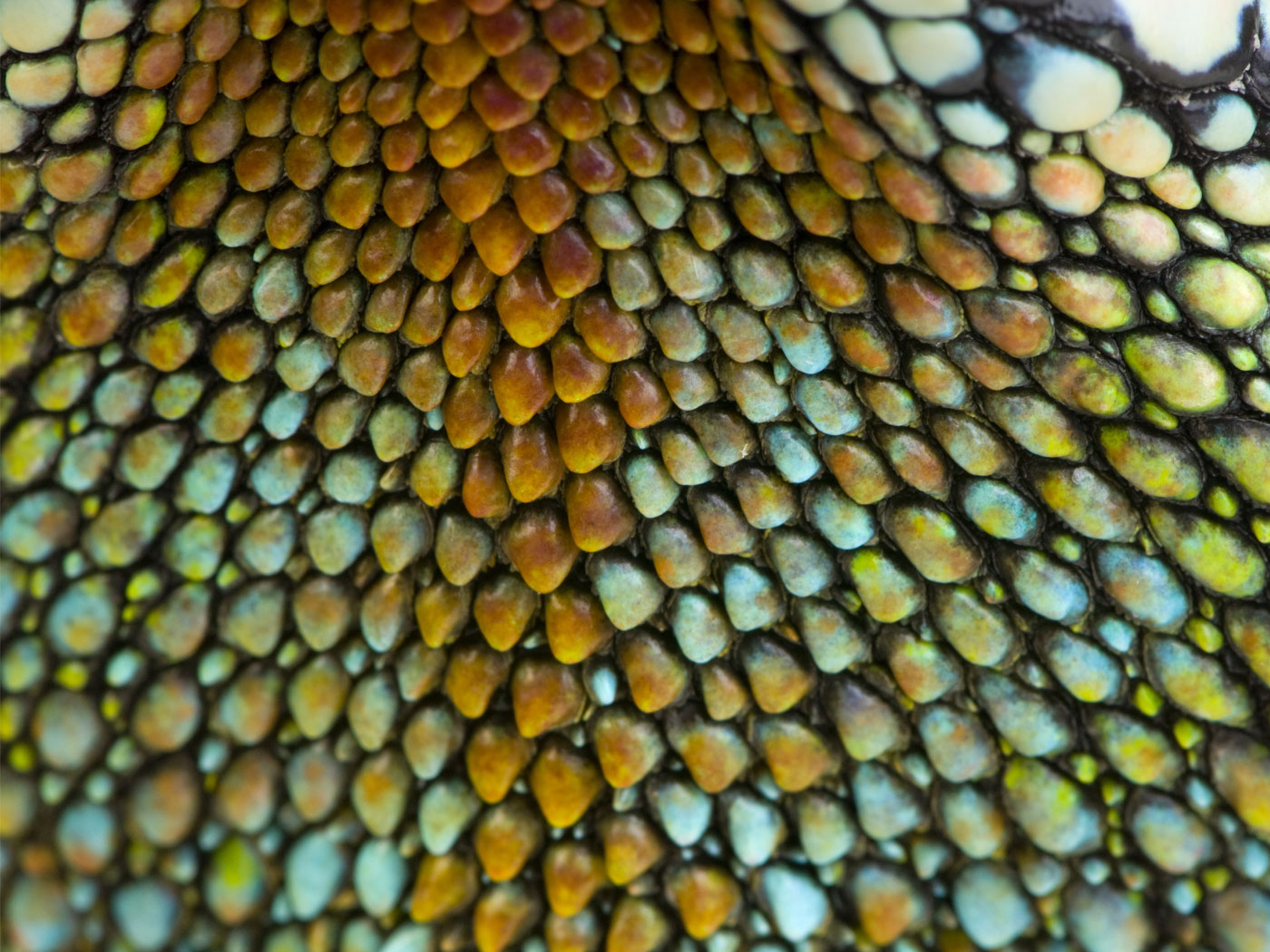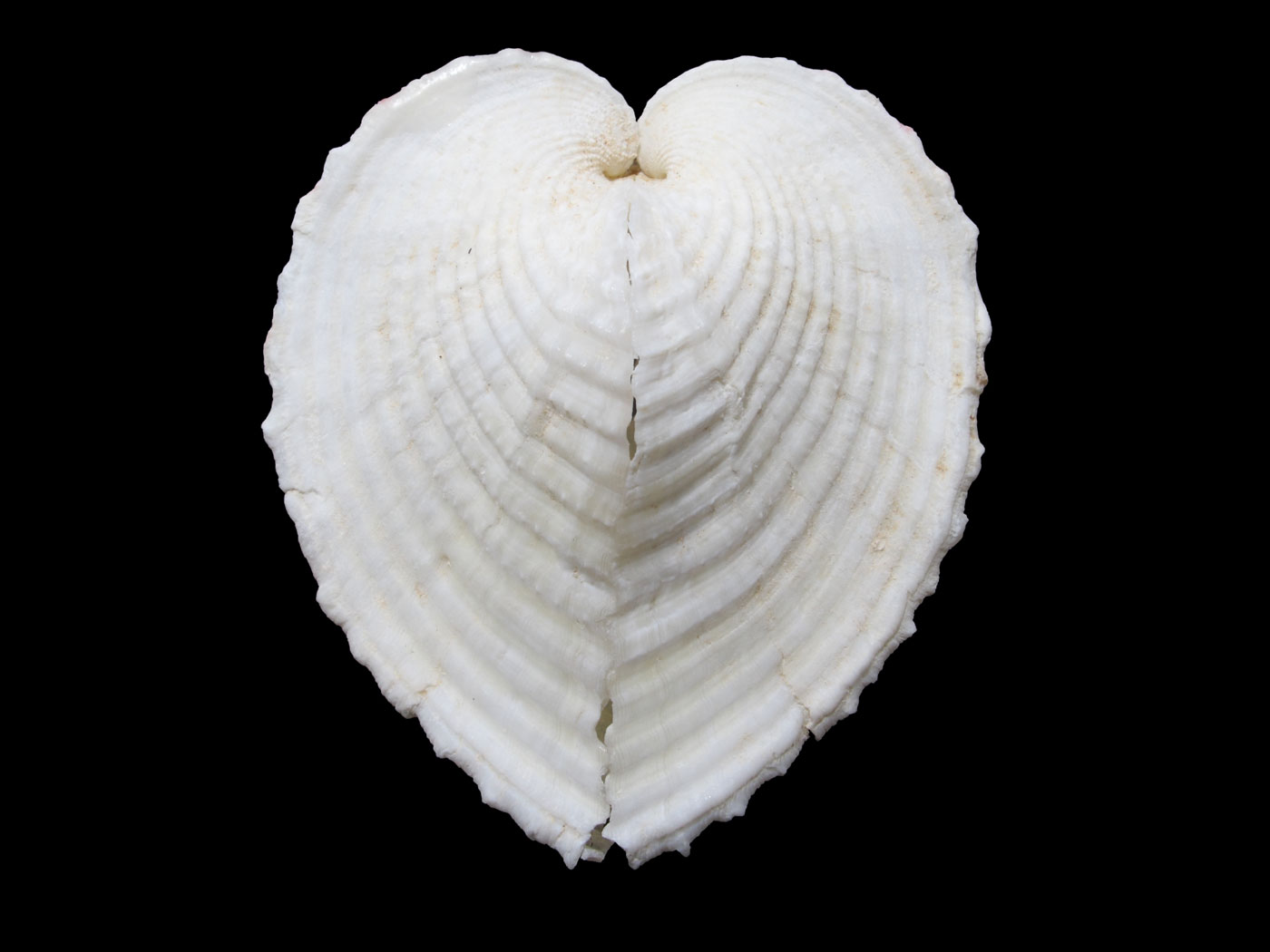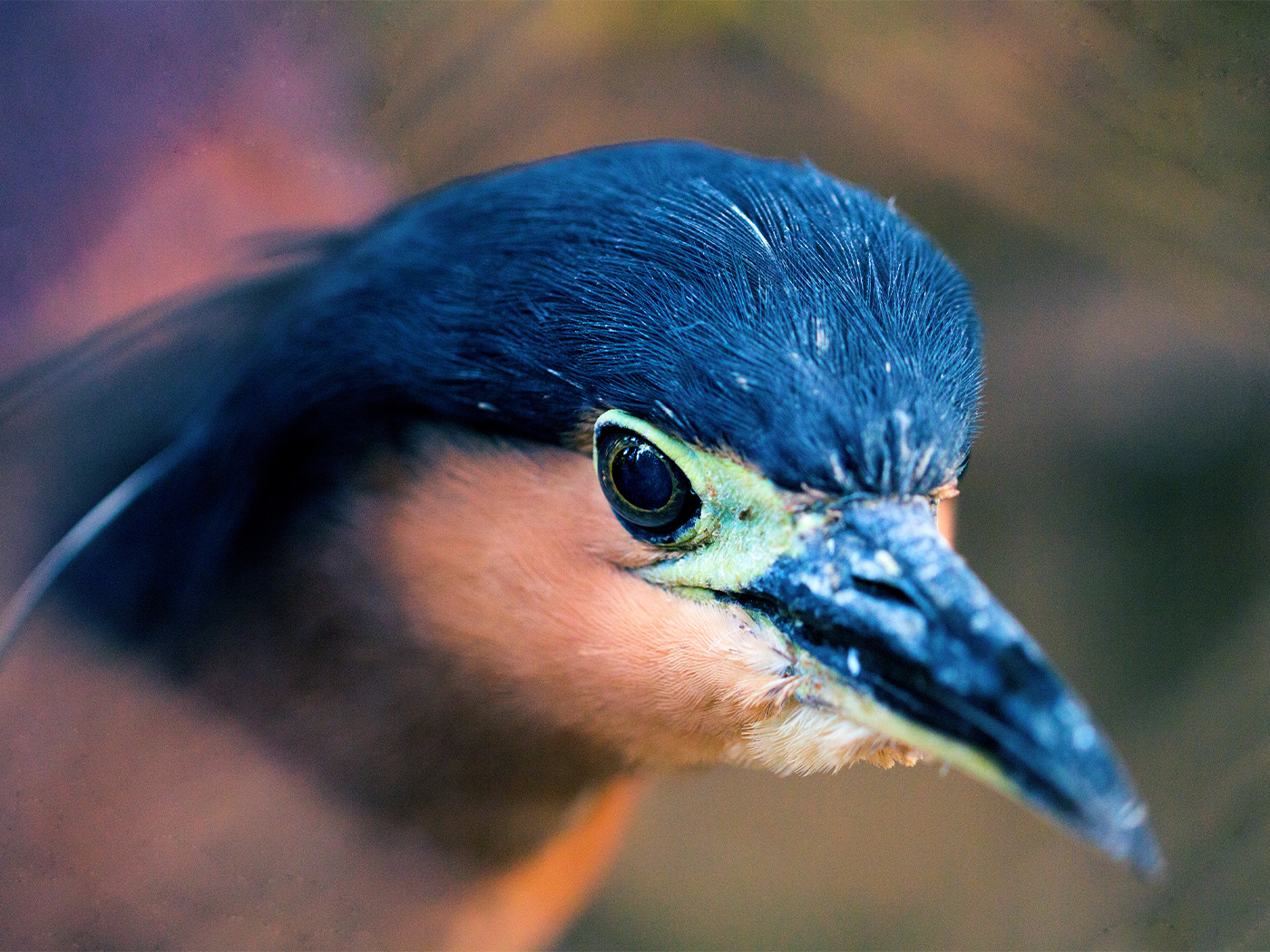According to Genesis 1:21, “God created great sea creatures and every living thing that moves, with which the waters abounded, according to their kind.” The creation of original, distinct creature kinds confronts the evolutionary teaching that animals can endlessly morph from one form to another. Recent news reports reveal two clear illustrations of sea creatures living and reproducing according to their kinds right from the start.
The stunningly beautiful chambered nautilus features its famous coiled and symmetrical shell. Deep-sea shell hunters overharvest the tentacled predators by setting baited traps, sometimes as deep as 2,000 feet below the surface of southwest Pacific Ocean waters. Fishermen apparently suffer no regulations as they supply a growing market for the alluring nautilus shells.
Marine biologists including University of Washington biologist Peter Ward, concerned about the declining nautilus population, study deep oceans to better understand the creatures’ numbers and distribution. Using a submersible camera, Ward reported a nautilus sighting in July 2015 off the coast of Papua New Guinea. The last time anyone reported the creature in that area was back in 1984.1
The sighting renews hope that perhaps the animal may resist overfishing by somehow setting up shop in less-fished waters. Meanwhile, the always-fascinating nautilus shell reminds researchers of the mystery its fossil counterparts present. The New York Times wrote,
The fossil record dates the ancestors of the nautilus to the late Cambrian period, 500 million years ago. Some grew to be true sea monsters, with gargantuan shells and big tentacles. Over eons, the thousands of species have dwindled to a handful.2
By the way, “the fossil record” doesn’t actually date anything—scientists do that. But what are the odds that these creatures could have persisted unchanged for half-a-billion years?
According to this secular story, nautiluses avoided evolving upward—they haven’t gained a single new feature. Their genetic variation actually narrowed as their species variation diminished. It’s a good thing we have not yet fished the chambered nautilus to extinction, since by observing them we can appreciate their fine design and compare them to similar-looking Cambrian fossils that showcase creation according to the nautilus kind.
The same can now be said for the new “earliest” sea turtle fossil. Germany’s Senckenberg Research Institute released news of fossil sea turtles unearthed in 2007 by an amateur paleontologist in Columbia. Senckenberg researcher Edwin Cadena and California State University, Fullerton’s James Parham analyzed the remains. They assigned the fossil turtle to the same superfamily (Chelonioidea) that contains living sea turtles—like loggerheads and Kemp’s ridley sea turtles. According to the Senckenberg Research Institute, “The almost completely preserved skeleton from the Cretaceous, with a length of nearly 2 meters, shows all of the characteristic traits of modern marine turtles.”3
They also wrote, “Sea turtles descended from terrestrial and freshwater turtles that arose approximately 230 million years ago.” But just like the nautilus, sea turtles retain all their core characteristics and thus show no evidence of evolution after “at least 120 million” supposed years.4 Shouldn’t this find make the evolutionary story of sea turtle origins even more difficult to believe?
No fossils document turtles’ supposed descent from land to sea, nor any upward change in nautiluses. Instead, these “ancient” fossil creatures look like their modern counterparts—just as if they were created to reproduce according to their kinds.
References
- Montanari, S. ‘Living Fossil’ Spotted In The South Pacific For The First Time In Three Decades. Forbes Science. Posted on forbes.com August 28, 2015, accessed September 3, 2015.
- Broad, W. 2011. Loving the Chambered Nautilus to Death. The New York Times. Posted on nytimes.com October 24, 2011, accessed September 8, 2015.
- Oldest Fossil Sea Turtle Discovered—The fossilized turtle is at least 120 million years old. Senckenberg Research Institute and Natural History Museum. AlphaGalileo. Posted on alphagalileo.org September 7, 2015, accessed September 8, 2015.
Image credit: Copyright © 2015 P. Ward. Adapted for use in accordance with federal copyright (fair use doctrine) law. Usage by ICR does not imply endorsement of copyright holders.
*Mr. Thomas is Science Writer at the Institute for Creation Research.
Article posted on September 21, 2015.














